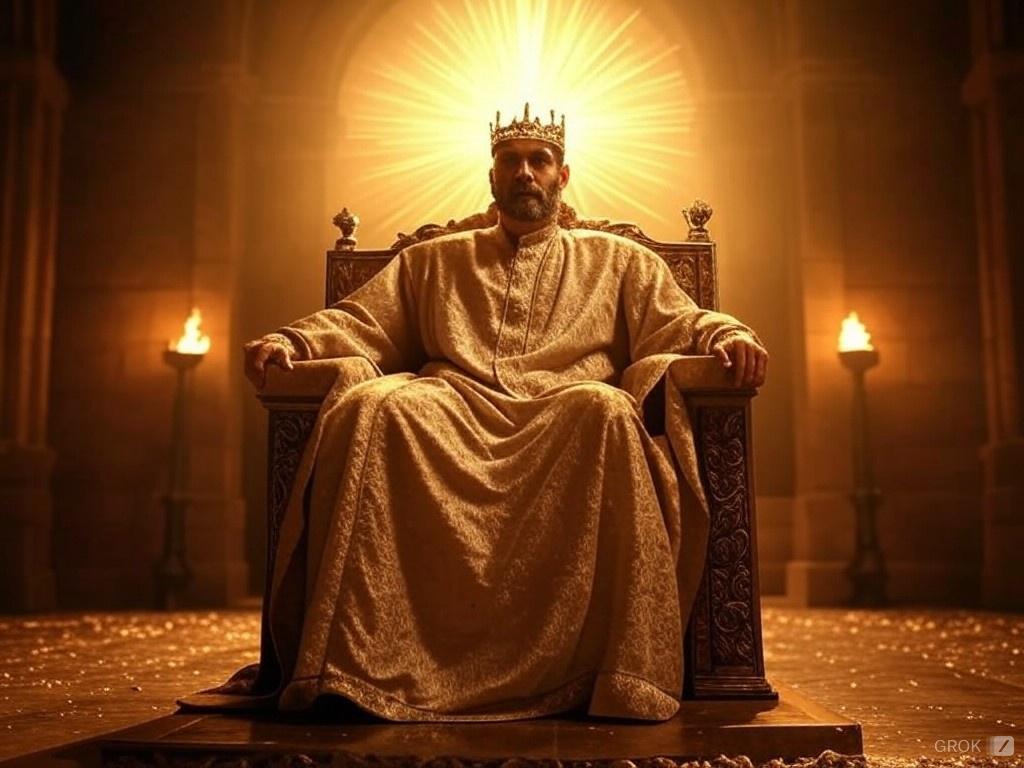That's correct. The transition from monarchies where kings wielded absolute, divine-right-based power to those where the monarch was subject to the law largely occurred with the rise of secularism, constitutionalism, and democratic principles. Here's how this evolution unfolded:
- **Emergence of Constitutional Monarchy**:
- This development was notably seen in Britain with the Glorious Revolution of 1688, which established the Bill of Rights in 1689, limiting the powers of the monarch and ensuring that the king or queen could not rule without parliamentary consent. This was a pivotal moment where the monarch's powers were explicitly curtailed, setting a precedent for constitutional governance.
- **Secularization of State**:
- As secular thought gained ground during the Enlightenment, the idea that governance should be based on reason rather than divine mandate began to take root. Philosophers like Thomas Hobbes, John Locke, and later Montesquieu argued for systems where laws were paramount, and rulers were bound by them. This shift was critical in diminishing the theological justification for absolute rule.
- **Legal and Institutional Changes**:
- Over time, legal frameworks were established to codify the monarch's duties and limitations. In many European countries, this meant the development of constitutions or fundamental laws that the monarch was required to uphold. The concept of the rule of law, where everyone, including the king or queen, is subject to the law, became a cornerstone of modern governance.
- **Examples of Transition**:
- **United Kingdom**: The UK evolved from absolute monarchy to a constitutional one where the monarch's role became increasingly symbolic. After the Glorious Revolution, the monarchy was never again absolute in practice.
- **Sweden**: By adopting a constitution in the 19th century, Sweden transformed its monarchy into a constitutional one where the king's powers were significantly reduced.
- **Spain**: After the 1978 Constitution following Franco's death, Spain reestablished a constitutional monarchy where the king's role is ceremonial, with real power vested in elected officials.
- **Impact of Public Opinion and Revolution**:
- Public demand for representation and rights, as seen in revolutions like the French Revolution, forced monarchies to either adapt or face overthrow. The French Revolution, in particular, led to the eventual establishment of a constitutional monarchy before France became a republic, highlighting how far the pendulum could swing against unchecked royal power.
- **Modern Constitutional Monarchies**:
- Today, in countries like Japan, Spain, the United Kingdom, Sweden, and Denmark, the monarch serves more as a head of state with ceremonial duties, while real political power resides with elected officials. The monarch's actions are either guided by or directly subject to laws and constitutional provisions.
This evolution reflects a broader historical trend towards democracy, accountability, and the rule of law, where the personal power of monarchs is significantly reduced in favor of systems designed to ensure governance by and for the people.
